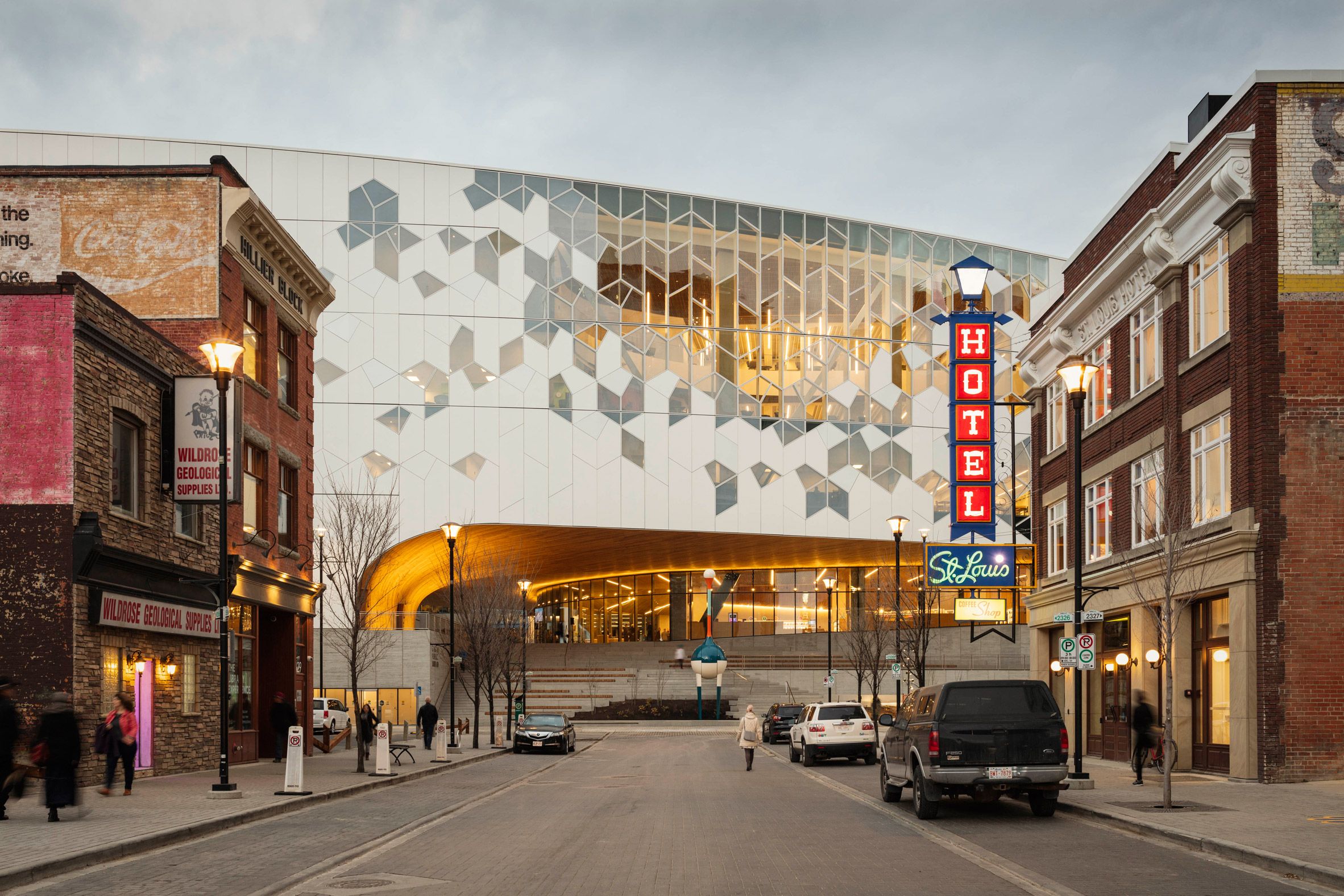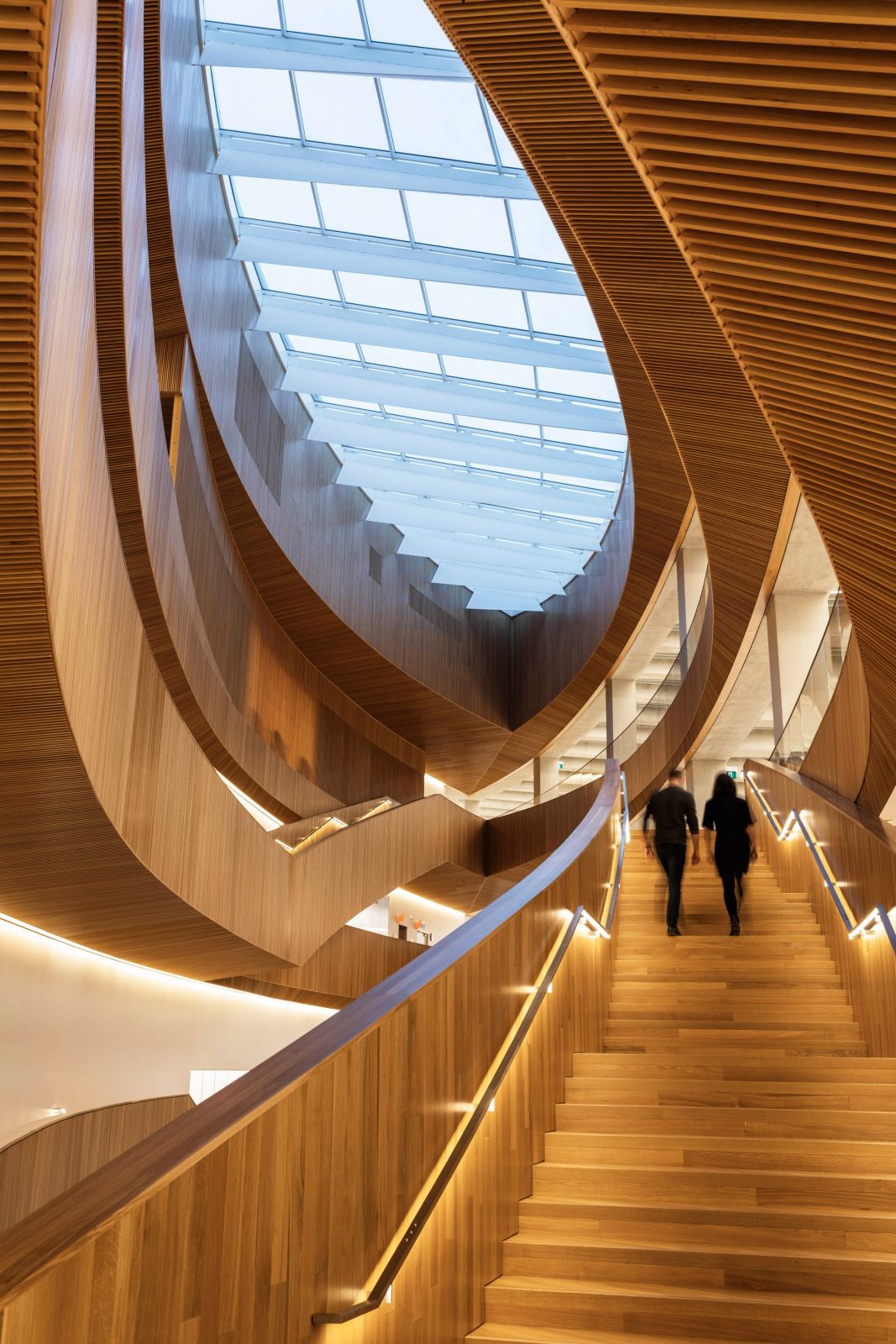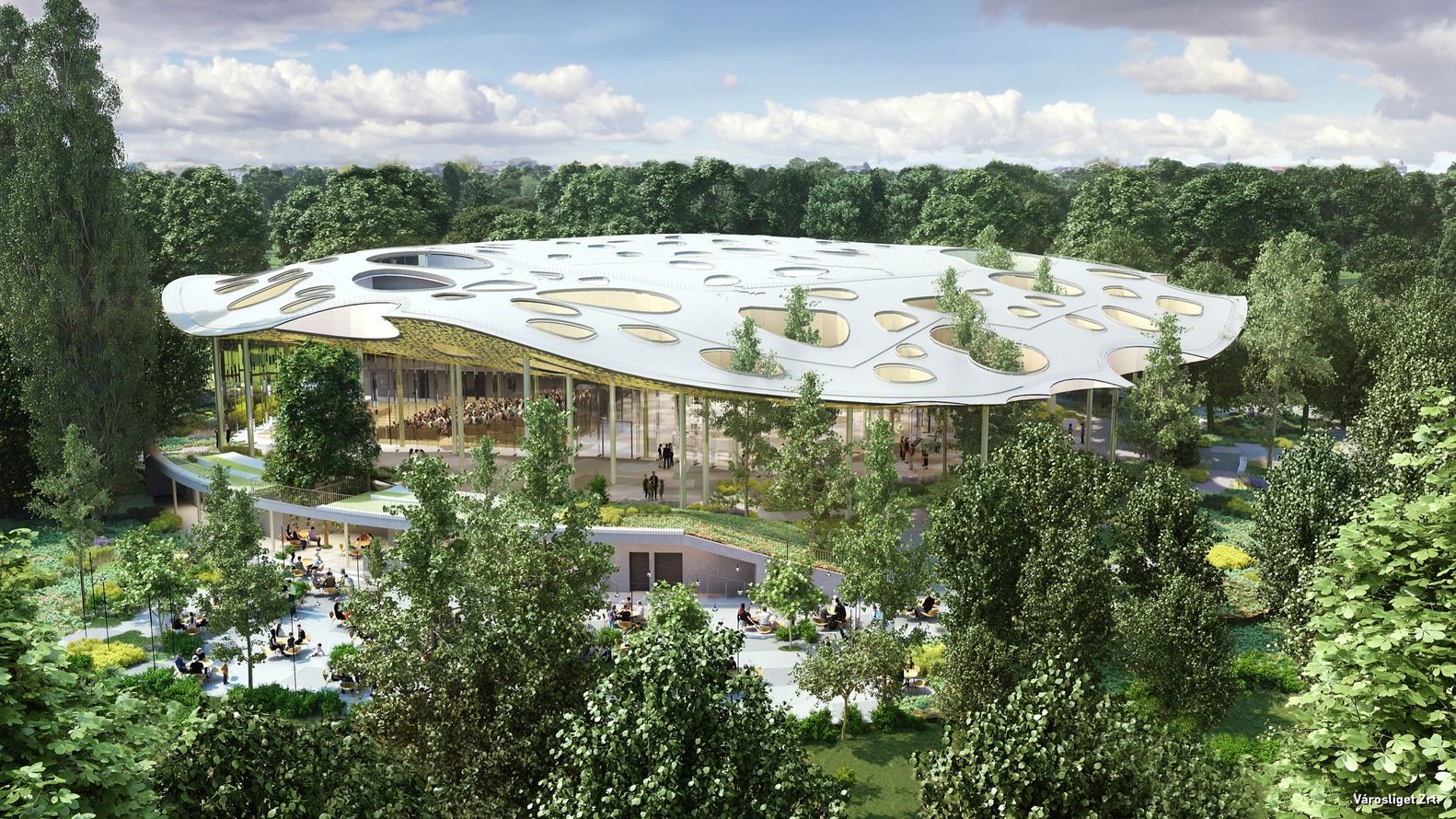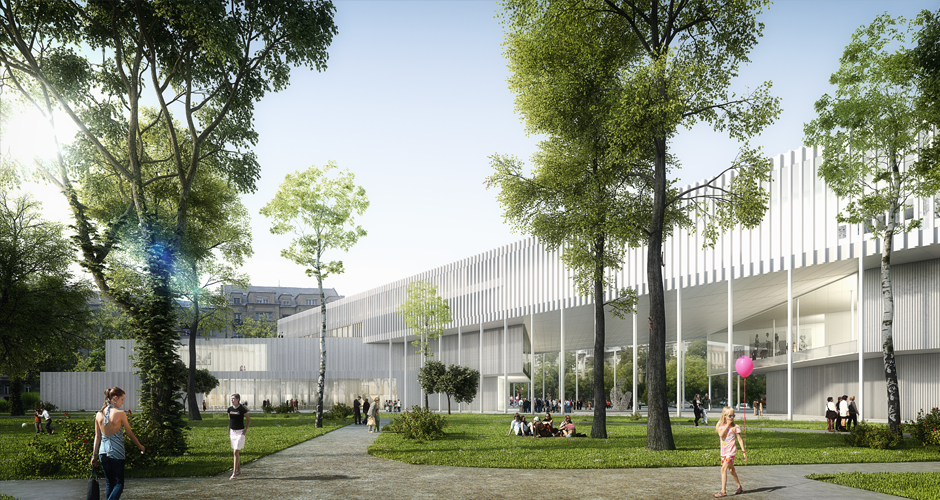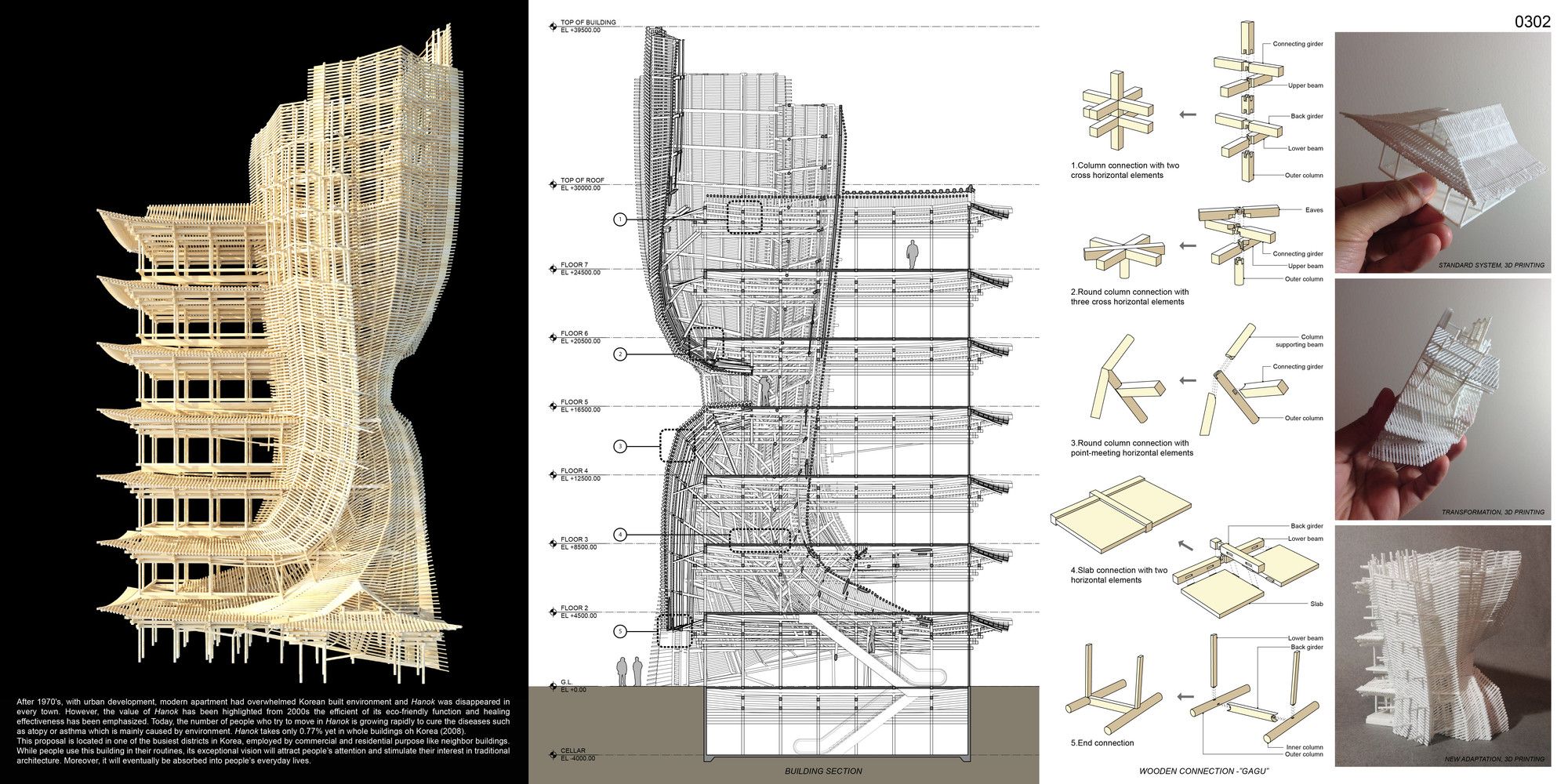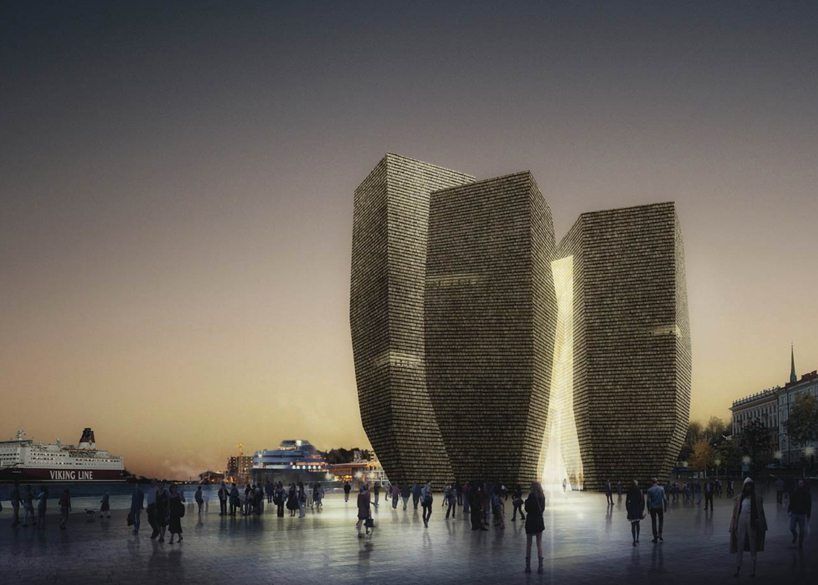Winning is easier said than done, right? The next few lines will give you a checklist to follow that will guarantee you come out on top. As originality cannot conform to a set of guidelines, the quest for uniqueness when considering the international aspect of architecture competitions may seem a daunting task, however, if you want to maximize the effectiveness of your entry, it’s best to take a few pointers from entries which have… actually won, and check the tips on how to be a better architect?
[irp posts=’197712′]
How do you win an architecture competition?
1. Select the right competition for you
Simply, don’t be the guy who is interested in parametric design and coding, and then you go for an urban design competition, this is a completely different field! Moreover, if you are a college student, then “ideas” competitions would fit you more than competitions that have a legitimate end product. Whether the competition shall result in construction or whether it just calls for ideas will have a big influence on your entry. While civil codes and attention to the cityscape will be of great importance for actual construction, idea competitions will allow for more outrageous designs.
2. Follow the brief, and exceed it
Once you have chosen which competition is right for you then go ahead and analyze the brief meticulously ensuring that each statement is tackled in your design and then taken further. Give the judges what they want and more. Research into the organizers of the competition will help inform you further on what they’re really after as well as their approach in design; however, a derivative of any previous commissions should be avoided. Remember, the intent of the competition is always to single out that one innovative yet functional design.
3. Form that Functions
Many designers would probably overlook this point if the focus is directed solely on the aesthetics of the entry. You have to very well understand the function of your intended building and how the spaces perform best. Many other factors like; public interaction with the building, landscaping solutions, and basic design in terms of materials, spaces, circulation, and structure should not be an afterthought.
4. Design Charisma
This is obvious, what looks good is good. Ensure your design has a charismatic flair, something that sets you out from everyone else. Large public commissions often seek audacious concepts, with the knowledge that later refinements will ensure the project can be grounded in reality. Relating to the purpose of your intended building and finding a way to manipulate it into something communicative and attractive will ensure that your concept will be appreciated by the judges as well as the public.
A classic example is the Sydney Opera House. Jørn Utzon was a young and relatively unknown architect before his proposal beat 232 other entrants for the job. Eero Saarinen, one of the jurors declared the design to be outstanding, an icon of creativity in both architecture and engineering.
5. External Eye is important
The process of putting together a competition entry is intense, especially when considering the timeframe allowed. The end product and how it is perceived must be as clear to a new eye, as it is to the designer working constantly on it. By having a guest critic, with no association to the project, giving feedback on the content may provide new perspectives that will benefit the entire work.
6. Presentation is the key
If all other points listed are followed, an eye-catching presentation will ensure you succeed and stand out from the other hundreds of entries. Be direct and straight to the point, use clear and attractive imaging that explains your concept and design thoroughly and quickly. For judges faced with hundreds of entries, contextual images are always advantageous, while flashy images used solely for the sake of aesthetics may be considered inessential.
7. What will you get out of this?
The debate over whether architectural competitions are beneficial to architects or not is ongoing, however, despite this, there is no arguing that wins or no win; you will always get something out of the experience including a wonderful addition to your portfolio that will surely attract prospective clients. Competitions allow things they don’t teach you in architecture school and allow for freedom of thoughts while giving the opportunity to focus skill sets often on urgent social and cultural issues making example of your creative and versatile ambition.
Lessons from Competitions
Winner 1 – Calgary New Central Library Competition
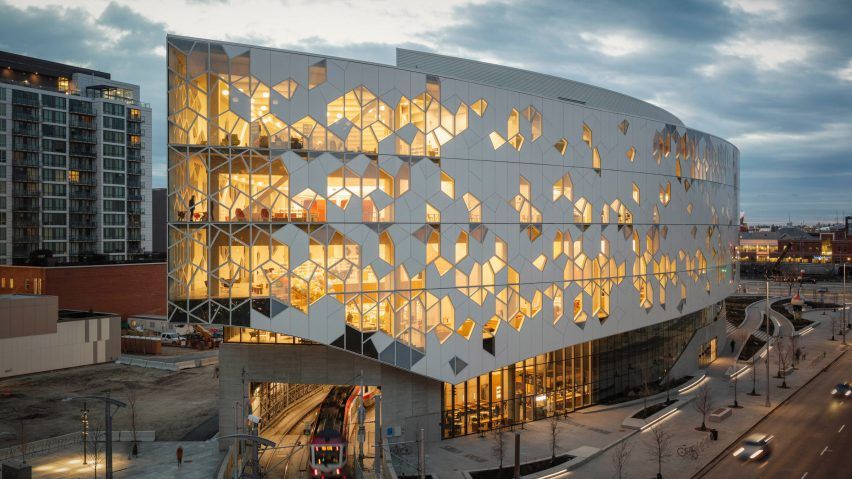
Calgary’s New Central Library and Library Plaza Finalist– REX & Group 2 – Image Courtesy: www.rex-ny.com
There were 38 submissions to this particular competition from around the globe. World-renowned Snohetta and Dialog ended up winning, and yes the high profile company did take the gold, however, a few other smaller firms including KPMB and BKDI; Rex and Group 2 were also part of the four shortlisted entries.
So what made Snohetta’s entry stand out from the rest? In particular was its REDEFINITION of the concept of a library, which in this digital era was deemed a defining factor to alter people’s perception of libraries about their irrelevance nowadays. Also, when having a look at the designs, no one can argue its direct aesthetic appeal.
Lessons learned: don’t be afraid to step away from the normal perception of a building typology. Sometimes redefining it in a way that suits the project, location, as well as concept will result in a worthy design.
Winner 2 – Liget Budapest Museum Competition
Open competitions are great for architects who are still in the process of making a name for themselves. The competition organized by the Hungarian State consisted of not one, but four open competitions for the museum buildings within the framework of the Liget Budapest Project on the territory of the City Park Budapest, consequentially attracting nearly 500 participants. Three out of the four winners have been chosen and include designs from Sou Fujimoto Architects; Vallet de Martinis DIID Architectes; and Középülettervező Zártkörűen Működő Részvénytársaság.
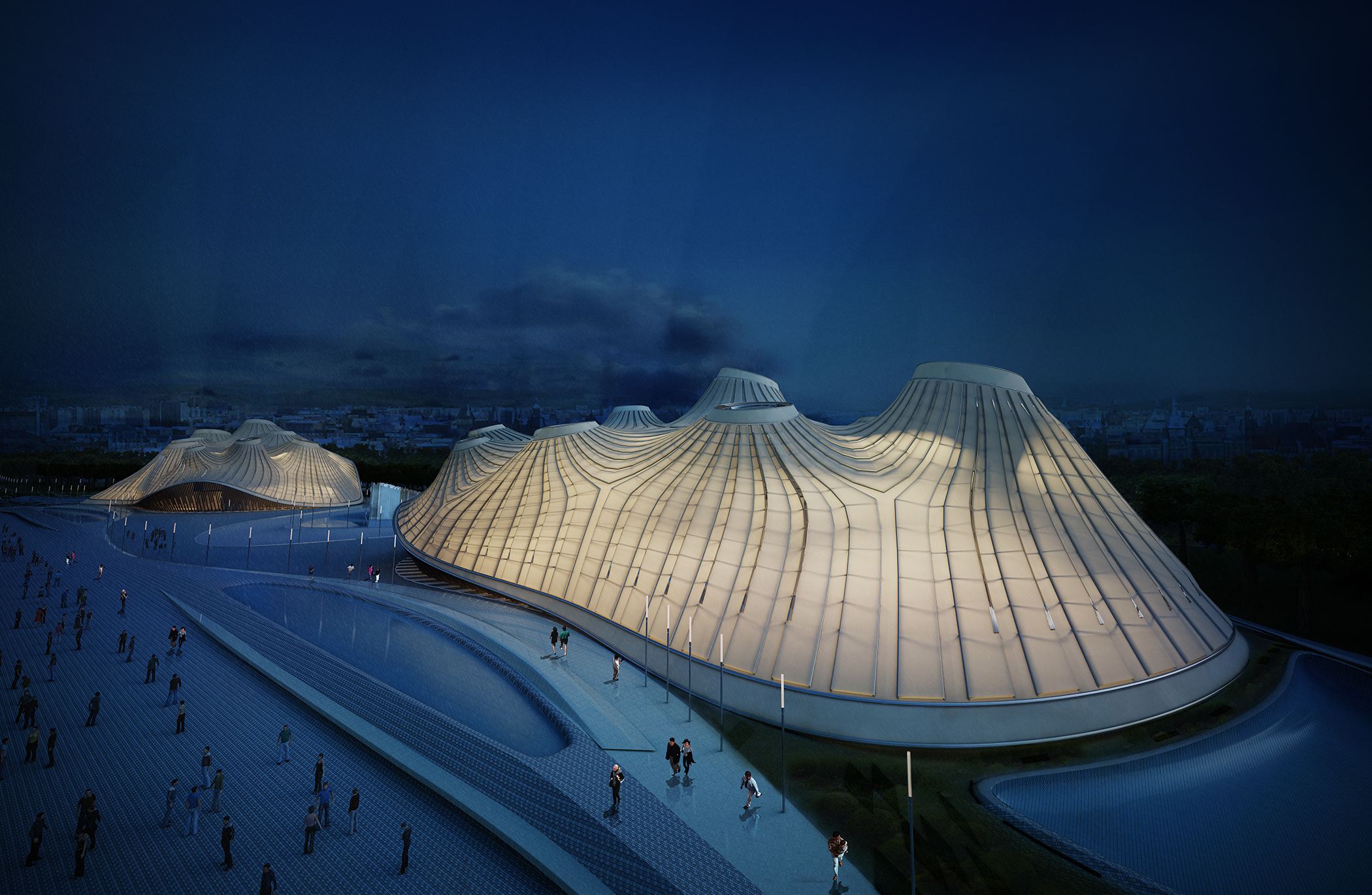
Fotomuzeum Budapest and the Hungarian Museum of Architecture– Középülettervező Zártkörűen Működő Részvénytársaság
The jury of 36 experts evaluated the entries on their architectural quality and functional planning; giving major importance to the building’s sustainability, contextual dialogue, and cost of implementation. A key consideration was given to building plans that spared as much as possible the green park surface.
Lessons learned: Analyse the brief meticulously ensuring that each statement is tackled in your design and taken further. Give the judges what they want and more. Research into the organizers would help in this aspect, as it will inform you further on what they’re really after as well as their approach to design.
Winner 3 – New St. Petersburg Pier Competition
A winning project might not be viewed equally by everyone. The competition for the St. Petersburg Pier in Florida originally took place in 2012, however, the winning entry ‘The Lens’, by Los Angeles firm Michael Maltzan Architecture in collaboration with landscape architects Tom Leader Studio, was so negatively received by the public that the whole process was started over. The core argument against ‘The Lens’ was the preservation of the signature Inverted Pyramid design built back in 1973. Eight finalists have now been presented to the public.
Lessons learned: To avoid any situations like that experienced with ‘The Lens’ project, get feedback and critique on your work before submission from third parties. This will ensure that your project is appealing to the masses.
The underlying concept for all eight finalists; whether taken from the form of the inverted pyramid in a literal sense, was creating a relationship between nature, the past, and the present in a sustainable manner. With complex designs such as those presented, it’s always a good idea to present clearly, the functional layout as well as a feasible structural design.
Winner 4 – eVolo 2014 Skyscraper Competition
If boundaries are not something you desire, then idea competitions are for you. The eVolo magazine annual skyscraper competition calls for outstanding ideas for a vertical living using innovative means. First place was awarded to Yong Ju Lee for his project ‘Vernacular Versatility’ which reinterprets traditional Korean architecture in a contemporary mixed-use high rise. The limits for imagination are inexistent; runner-ups to the competition include skyscrapers that investigate the structural use of carbon dioxide; which filters the air of polluted cities and a 3D printed tower in the desert, amongst other innovative projects.
Lessons learned: from Yong Ju Lee, we learn that innovation also translates into transforming traditional materials and ideologies. There really should be no limit to creativity in such competitions, and with the wide variety out there, the possibilities for continuous learning and skill improvement are infinite.
Winner 5 – Guggenheim Helsinki Competition
One thing is for certain; the competition for the Guggenheim museum put architectural competition in the limelight. The 1,715 anonymous entries made available to the public highlighted the fact that a flashy and out-there design does not guarantee you success. The four finalists chosen were handpicked for their sensitivity towards the surroundings.
Lessons learned: whether the competition shall result in construction or whether it just calls for ideas will have a big influence on your entry. While civil codes and attention to the cityscape will be of great importance for actual construction, idea competitions will allow for more outrageous designs. The urban fabric, access, and overall vision must all play a role and it really is irrelevant to create a standalone structure.
To be a winner you have to think like one, however, winning doesn’t necessarily mean you need to come first. More often than not, entries that receive honorable mention, placing second and even third, receive great publicity and praise, while those not as fortunate still get something out of the whole experience, including a wonderful portfolio addition.


